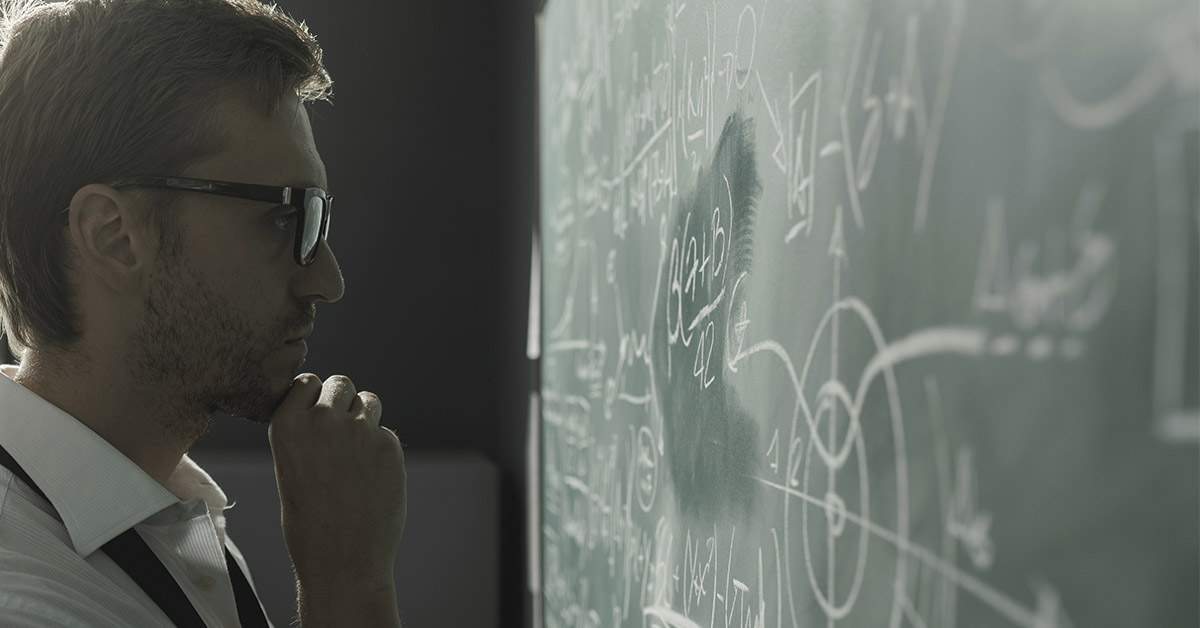Did you know that time can be “created”? Neither did I, but thankfully there are scientists who do. According to a report published in Nature, a group of scientists has created a new phase of matter in which time has two dimensions while having only one singular flow of time. The research is being conducted with the goal of contributing to creating an error-free quantum computer. This new dimension could help them do just that. (1)
Scientists Created A New Matter In Which Time Has Two Dimensions
The science of physics defines matter as such: That which occupies space and possesses rest mass, especially as distinct from energy. Well, scientists observed a new phase of matter after they used a technique inspired by something called the Fibonacci sequence. This is a sum of numbers in which the two numbers prior to a number always add up to that number. It looks like this: 0, 1, 1, 2, 3, 5, 8, 13, 21, 34, and so on. It has been called “nature’s secret code”. (2)
To discover this new phase of matter, the scientists pulsed lights on its qubits in a pattern inspired by Fibonacci. A qubit is a quantum bit, which is needed to build quantum computers. The strangest part about this matter is that it behaved as though it had two dimensions of time instead of one. The researchers say that this made these qubits more robust so that they could remain stable for the duration of the experiment. This is called quantum coherence and is one of the main goals of an error-free quantum computer. (3)
A New Way of Thinking
Computational quantum physicist Philipp Dumitrescu says that this work represents an entirely different way of thinking about phases of matter.
“I’ve been working on these theory ideas for over five years, and seeing them come actually to be realized in experiments is exciting.” he said.
Quantum computing is based on how qubits process information and on how their undecided states relate to one another – also called entanglement. Qubits can entangle themselves in pretty much anything in their environment, which causes them to lose their coherence and produce errors. Improving their coherence allows scientists to create a functioning quantum computer.
“Even if you keep all the atoms under tight control, they can lose their quantumness by talking to their environment, heating up or interacting with things in ways you didn’t plan,” explained Dumitrescu. “In practice, experimental devices have many sources of error that can degrade coherence after just a few laser pulses.”
Read: Mind-blowing Experiments Say That Reality Doesn’t Exist If You Are Not Looking at It
Maintaining Symmetry
It is important to maintain qubit symmetry so that they remain stable. Tapping them with evenly spaced laser pulses maintains their symmetry, but in a different way. Rather than maintaining their symmetry in space, the laser pulses maintain it in time. The researchers then wondered if they could increase this effect by adding asymmetrical quasiperiodicity.
The Experiment
To do their experiment, the researchers used a computer designed by quantum computing company Quantinuum. The computer uses for its qubits 10 atoms of ytterbium, one of the elements of choice for atomic clocks. It holds these atoms in an electrical ion trap, from which laser pulses are used to control or measure them.
The team tested their work by flashing lasers at the ytterbium qubit array, first in a symmetrical sequence, then quasi periodically. They then measured the coherence of the two qubits on either end of the trap. The quasi-periodic sequence stayed stable for the entire duration of the experiment, which lasted 5.5 seconds.
“With this quasi-periodic sequence, there’s a complicated evolution that cancels out all the errors that live on the edge,” Dumitrescu said. “Because of that, the edge stays quantum-mechanically coherent much, much longer than you’d expect.” (4)
These are very exciting findings for those whose work is dedicated to building quantum computers. The scientists say that their work is not nearly ready to be integrated into functional quantum computers. That being said, they all agree that this is an exciting step towards that goal.
“We have this direct, tantalizing application, but we need to find a way to hook it into the calculations,” said Dumitrescu.“That’s an open problem we’re working on.” (5)
Sources
- “This Weird New Phase of Matter Seems to Occupy 2 Time Dimensions.” Science Alert. Michelle Starr. July 21, 2022.
- “Fibonacci Sequence.” Cue Math
- “What is a qubit?” Quantum
- “Strange new phase of matter created in quantum computer acts like it has two time dimensions.” Phys.org. Simons Foundation.
- “Scientists create strange matter in which time has ‘two dimensions’.” Independent. Andrew Griffin. July 2022.

